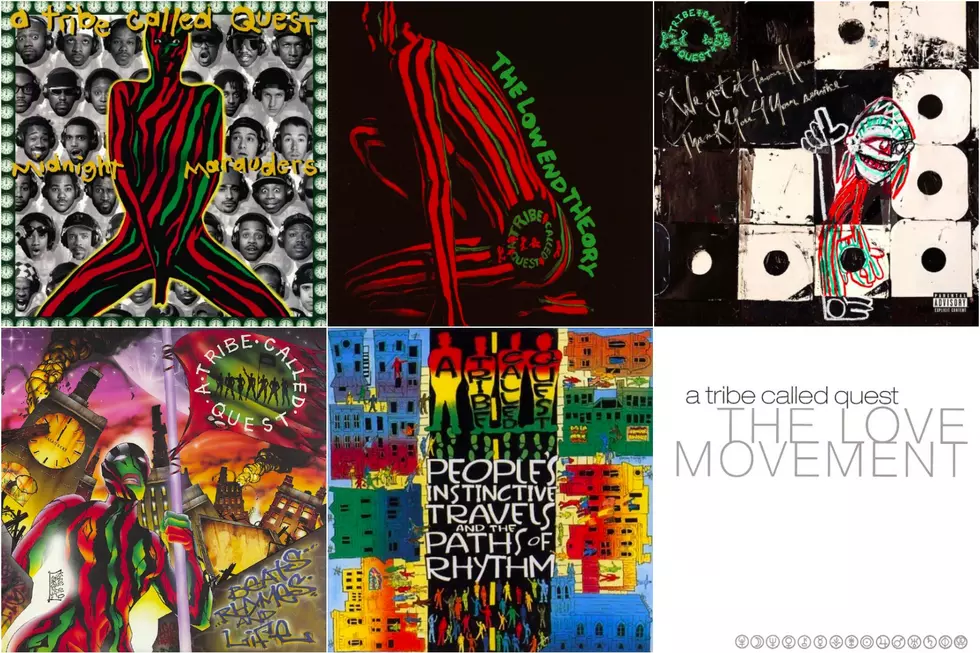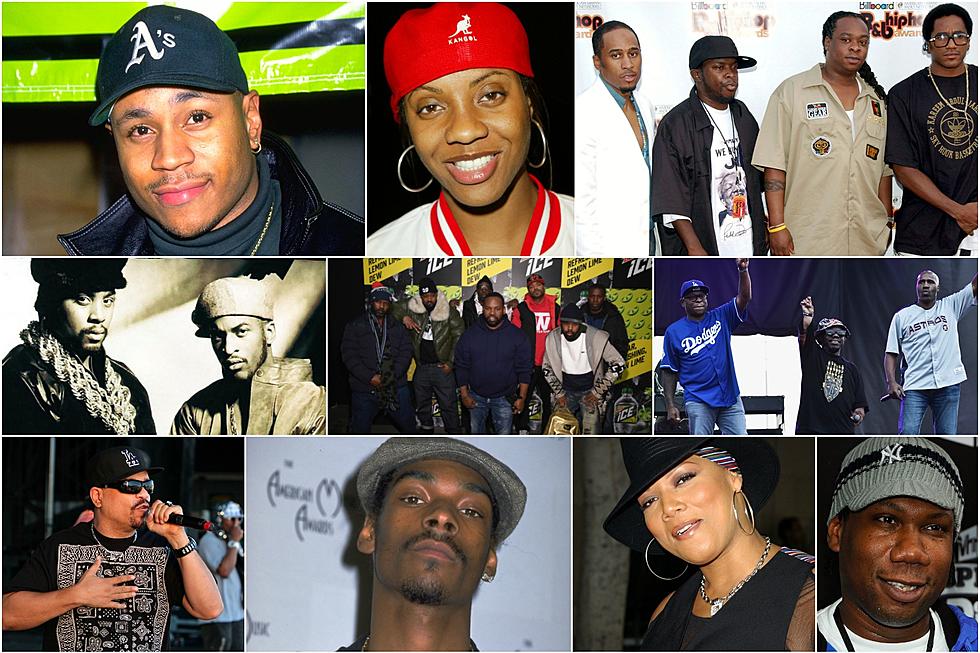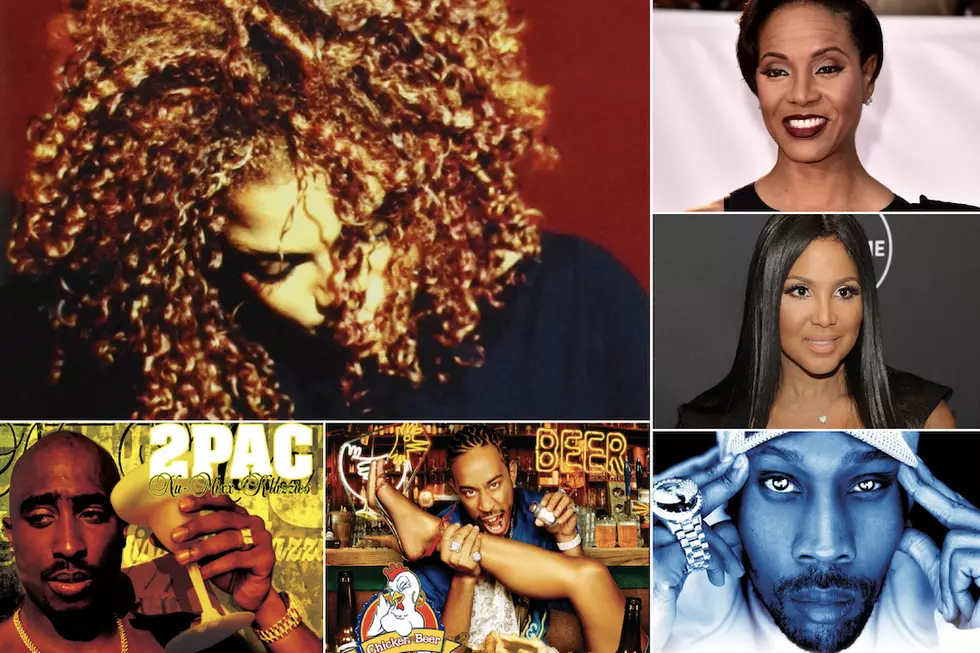
From the Fugees to 2Pac: 1996 Was the Year Hip-Hop Embraced R&B to Take Over Pop
There are few things better in life than some dope rhymes accompanied with a soulful vocal performance on a song. Whether it be an uptempo cut or a selection low on BPM's, sprinkling a little melody over a track by the most rugged of rappers can pay major dividends, musically and fiscally. Taking one look at the widespread success of artists like Drake is a prime example of how infusing melodies into your music can elevate your stock and widen your fan base.
In 2016, hip-hop is as diverse and eclectic as it's ever been. There are an endless array of styles and sub-genres for rap enthusiasts to choose from and many of the more successful artists have mastered the art of crafting jams that appeal to fans across the board. But this wasn't always the case; at least, not as it pertains to rappers openly catering to r&b sounds and audiences. During the earliest incarnations of hip-hop, DJs often used break-beats from r&b records to rock their parties, but once rappers started recording their own records, aligning yourself with an r&b singer in an attempt to "crossover" was frowned up and all but taboo.
R&B audiences were initially just as resistant to hip-hop's influence, but things began to change in the late 80s when superproducer Teddy RIley moved from producing rap acts like Doug E. Fresh and Kool Moe Dee to working with singers like Keith Sweat and his own group, Guy. Riley brought a hip-hop sensibility to r&b and, alongside other notables like Jimmy Jam and Terry Lewis, as well as L.A. Reid and Babyface, he helped usher the first wave of hip-hop-influenced r&b known as "New Jack Swing." Even rappers like Rakim and Heavy D turned up on hit New Jack Swing songs by pop/r&b singers Jody Watley and Janet Jackson, respectively.
But those kinds of collaborations were still the exception, not the rule. Though r&b was clearly influenced heavily by hip-hop sounds and aesthetics in the New Jack Swing era, rap "purists" were still looking down their proverbial noses at r&b -- with many feeling that too much r&b on a track was "selling out." But as New Jack Swing gave way to the slightly more organic hip-hop soul, rap and r&b started to feel much less divided. With the success of Bad Boy Records (and to some degree, Uptown Records before), came the realization that even the most hardcore emcee could get a big radio hit with a r&b hook.
In 1996, that notion came to full fruition. Rap artists had reached success on the mainstream level before, but there had always been a clear divide as those that got the spoils of radio airplay, but were seen as "pop," and artists that were considered elite MCs, but struggled to get the same top billing. 1996 would usher in a slew of releases from some of the most respected rappers in the game that would appeal to the fan hungry for spellbinding lyricism, as well as those more concerned with catchy refrains. It was the manifestation of a sonic shift that had been building for about 18 months -- and mainstream hip-hop changed forever.
Established and respected hip-hop artists like Nas and MC Lyte achieved their first tastes of major mainstream chart success that year with singles that featured R&B vocals; Nas got an assist from Lauryn Hill on "If I Ruled the World" and Lyte had Xscape singing the hook on "Keep On Keepin' On." 2Pac's All Eyez On Me featured vocalists ranging from K. Ci and Jo-Jo to Faith Evans to Danny Boy. And of course, the Fugees had a monster hit with a cover of "Killing Me Softly," which was essentially a hip-hop-influenced take on a classic pop/r&b song. Evans also guested on A Tribe Called Quest's single "Stressed Out," and Jay-Z's "Can't Knock the Hustle" featured Mary J. Blige.
So 20 years later, we take a look back at the year that hip-hop utilized r&b to infiltrate pop culture while retaining its cool.
More From TheBoombox









